
8 Marketing Assets That Help Agencies To Attract High-Value Clients
There are “great clients,” and there are those that are less spectacular fits for your business. And the marketing assets you publish can go a long way towards determining which among the two you’ll attract more of.
Yes, great clients are the ones who pay you more, on auto-pilot, while demanding less of you, but ROI and cash flow are only two of the factors to take into consideration.
Great clients have points of contact who “get” and appreciate what you do for them. You have a built-in sense of rapport and synergy with them, and they feel the value of your services to the extent that they go to bat for you, writing glowing reviews of your agency and referring new sales prospects your way.
Working with clients who are a bad fit for you, however, can be problematic for your company on so many levels. In a lot of cases, not only is it going to be harder for you to address their business needs, but there’s almost always going to be that feeling of disconnect between both parties which can easily lead to needless conflict and dissatisfaction.

You might be able to convince them to sign a contract with you, but you’ll pay the price in the long run, in the form of reputation damage.
The good news is, with optimized marketing assets in place, you can attract not just more sales potential, but the right kind of sales prospects.
Plus, if you use your nurture content as an opportunity to explain what makes your services unique, then bad fit clients are more likely to disqualify themselves.
And given that today’s prospects prefer to binge on content as a way to get to know vendors before reaching out and getting in touch, those who do advance along their journeys to the point of sales-readiness will be easier to close deals with – and easier to please in the long run – because your nurture content will have established the right expectations.
A Publishing Strategy Based on Attracting Good Fits
Probably the best way to crystalize what your content needs to focus on is with extensive customer research and creating content that attracts customers through a “customer-content fit” approach.
“We define a ‘working’ content operation as driving useful leads or sales for the business,” is how Grow and Convert’s Devesh Khanal explains the approach that his team takes.
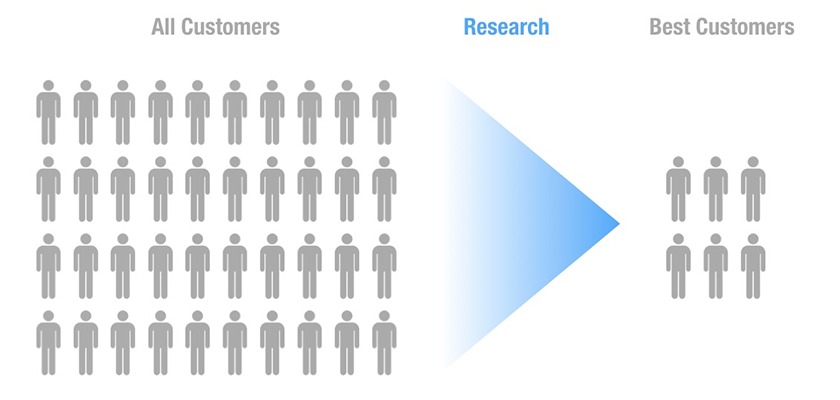
It makes sense. If marketing agencies are in the business of helping their clients to maximize messaging around product-market fit, then ensuring that the best possible customers are exposed to messaging primed to resonate with them is the next logical step. And the same goes for your agency itself.
Take a few hours and crunch some data from your CRM by creating some segments based on your best-fit customers. Who has been with you the longest? Who has benefited most from your services? Who has diversified and intensified the work they do with you most?
What do the companies in these cohorts have in common with each other? How did they originally find you? What are their biggest pain points? There are many ways to use data analysis and qualitative research to arrive at some worthy hypotheses.
But no matter how you go about achieving it, understanding your most valued customers and the kind of content that fits their needs can help you filter out your bad sales leads from your great fit clients.
To help you attract and nurture only high-value clients, here are the marketing assets that you need to know.
1. Case Studies
Case studies are great if you’d like to share with your audience your analysis of a campaign that you ran, detailing the challenge or the situation that you addressed and how you addressed the issue (among other things).
For example, Adobe published a customer story on Epson about optimizing experiences with artificial intelligence and the solutions Adobe was able to provide.
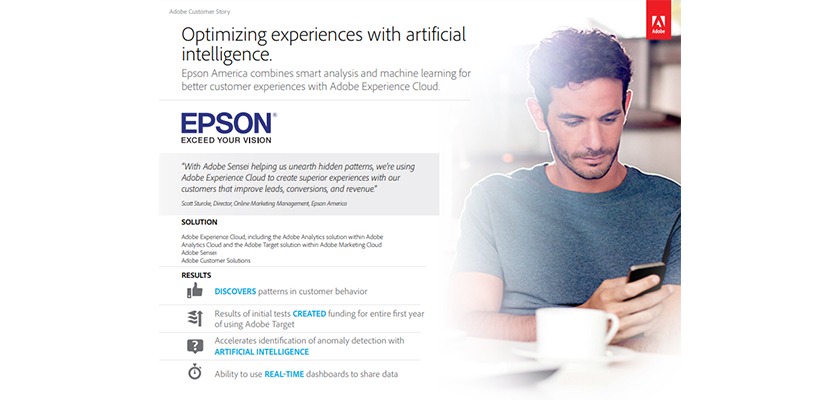
The case study published by Adobe is great because it details the specific challenges that Epson was facing. It also showcased other use cases of the solution that they used and meaty enough details about how they were able to fix the problem.
Case studies can help attract good fit clients and filter out bad fit clients since this type of content educates people about your services. It gives them a better idea of what your company is about (and what it isn’t).
“I would say that most of our leads and 100% of our closed deals have weighed our case studies very heavily,” Brendan Hufford, the SEO director at Clique Studios, recently told the Case Study Buddy blog:
Nothing breeds comfort like a case study… And what’s cool is that when someone sees a case study and they’re really comfortable with you, they’re willing to be more flexible on the budget because they really want to work with you.
The more educated people are about your company, the more accurate their assessment becomes of whether or not you are a good fit for them — prompting them to accelerate their decision making processes one way or the other.
2. A Press Mentions Feed
A press mention is what you think it is: any mention of your agency or brand by the press. Those “as seen in” media logos on agency homepages are huge for social proof, but if you can get prospects to click through to a category page filled with thumbnails and links to glowing coverage, it will have all the more impact.
However, if you want to use press mentions to your marketing advantage, you’ll need to create content that is worthy of getting mentioned by the press.
To do this, you will need to know what your target audience wants to read.
You can run a simple survey for your target audience using tools like SurveyMonkey to learn their biggest problems, the blogs they are reading, and how they find new content (among other things).
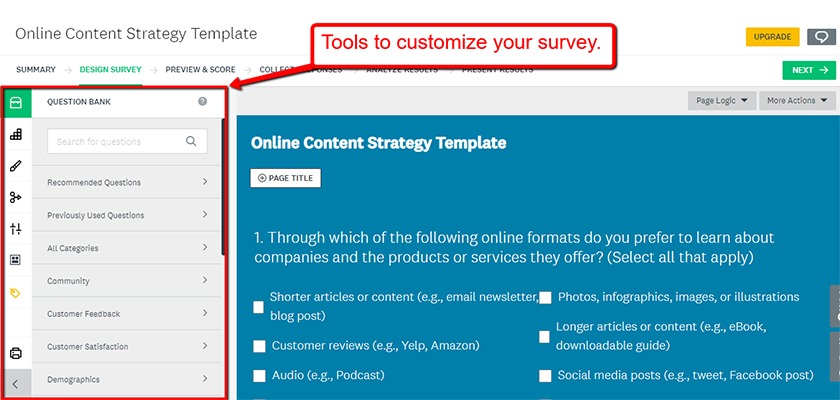
Once you have that covered, you can start building your content marketing funnel.
This can tell you which of your earned media assets and owned lead magnets are driving the most conversions, what blog posts are driving the most traffic, and at which stage in the marketing funnel most people are converted into paying clients.
When you have great content — assets that address the pain points of your target audience — you can extend your reach and get third-party validation that you can’t achieve through owned media alone.
3. Courses
Many companies that are in the market for agency services are on the fence, wondering if perhaps they ought to do things in-house. Educational content can also help to show them how hard it is to do what you do, cementing the idea that they need your help.
If you’d like to remove whatever doubts your prospective high-value clients have about your company’s capabilities and industry knowledge, creating online courses can do wonders for you. Because they can pretty much see you showcase your skills and knowledge through your courses, they can ascertain to some extent that you are an ideal fit for their situation.
To make it easier for you to run, manage, and market your online courses, you can use a reliable LMS platform like Kajabi.
One of the marketing modules that Kajabi offers is the Pipeline feature. It enables you to create a customized sequence of automated marketing offers for your target audience.

You can also customize the elements in your pipeline like your landing page, email sequences, and forms.
This way, you can segment your course students and send them targeted upsell drips, offering them services that dovetail best with their interests – as well as their shortcomings.
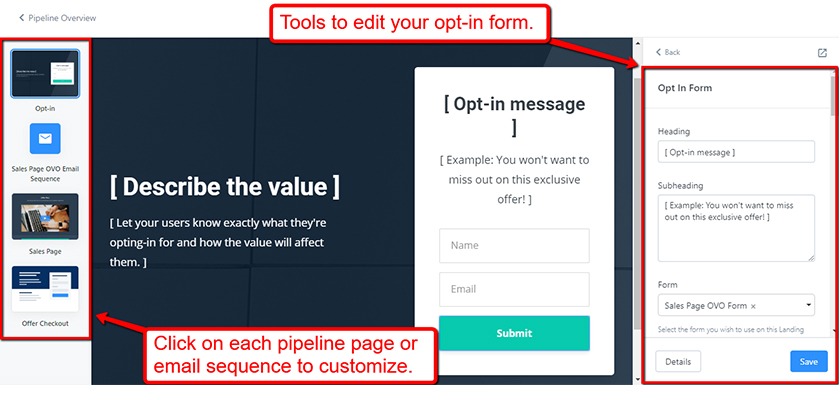
With the help of LMS platforms like Kajabi, it becomes easier for you to build a community that consists of your ideal target demographics. As you continue to nurture your relationship with them, the easier it becomes for them to trust you with their marketing campaigns.
4. Testimonials
Testimonials from previous clients you’ve worked with are goldmines that can serve as recommendations for your potential customers, so they are very useful marketing assets.
Here is how online food ordering platform ChowNow presents their customer testimonials on their website.
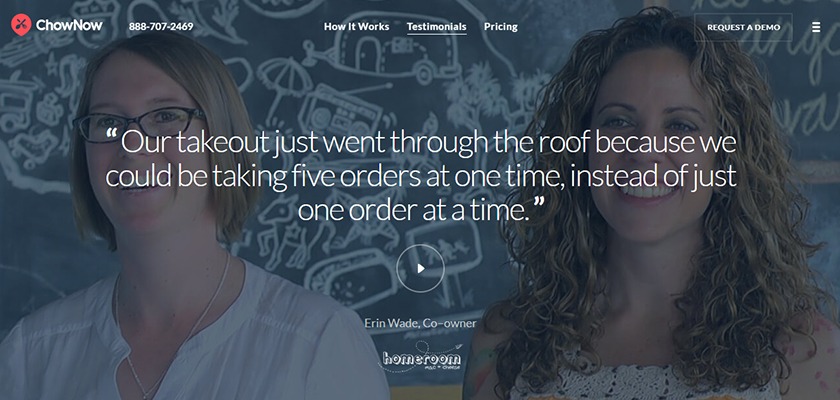
The idea is simple: If you have happy and satisfied clients, write down their appreciation, ask permission to use their words, and let the world and your target audiences see them.
When your potential clients read these reviews, they’ll learn more about your agency and services, plus, they’ll be more inclined to work with you because they trust in the honesty of your previous or current clients.
It’s a cost-free and a less “in your face” way of promoting your services without tooting your own horn (at least, not too much).
5. Developing Your Origin Story
When you share your agency’s story with your audience, it gives them something to relate with, helping you build a connection with them.
As a marketing asset, your origin story doesn’t have to be a long history lesson, though. One way of drawing in your potential clients to your story is to be creative.
Take a look at how Ben and Jerry’s website tells their brand story by sharing the highlights in chronological order.

This kind of approach makes your target audience feel like they’re taking the journey with you, without boring them with too many details.
Using creative elements in your About Us page while conveying your message at the same time helps you attract the attention of your potential clients and build connections with them.
You can also highlight or mention in your story who your target clients are by including a short description of your ideal audience, doing so would help filter out people who aren’t really interested in your offer.
6. Expressing Your Company Values
Your company values guide how your agency behaves and thinks; they’re the foundation where you base business decisions on and the principles you abide by to build successful relationships. The best firms know how to “stand for something” that people can get behind, in the same manner as a B2C brand.
Company values also tell your target audience what your agency upholds, such as professional work ethics, delivering high-quality services, and the kind of culture you embrace.
This bit is crucial. Because when your prospective customers find out that your company upholds the same values as they do, they would be more inclined to work with you.
And by the way, your company values can also help disqualify low quality (or irrelevant) leads.
Imagine explicitly mentioning in your website that your company values are all about helping nonprofit organizations: no ifs, and buts, just nonprofits.
Seeing something like that plastered on your website should prompt those that aren’t non-profit organizations that you aren’t the marketing agency they ought to be working with.
7. Documenting Business Processes and Approaches
Another tip for helpful marketing assets is documenting processes and approaches. Before you work with someone for the first time, wouldn’t you want to have an idea of what their processes are and the tools they use?
If you answered with a “yes,” then you can understand how your potential clients must feel when looking for the right agency to work with.
Your business processes show your potential clients your workflows and how you are going to do the work they require.
Here’s an example of a simple design process.
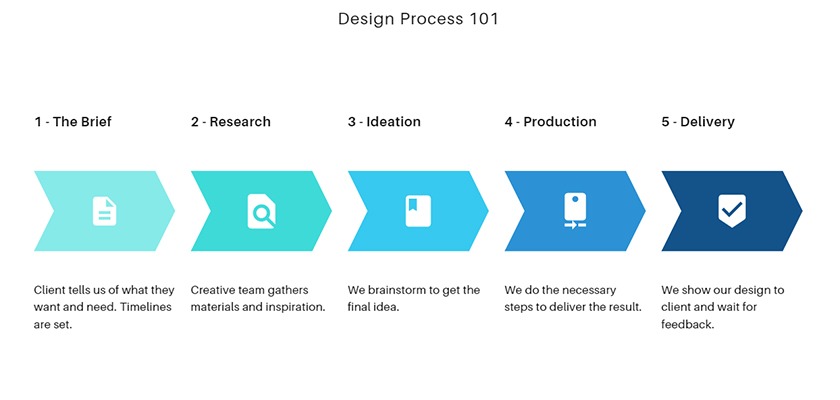
In a nutshell, your design process shows your potential clients the general direction you’ll take to solve their problems.
After seeing your design process, there are going to be prospects who would strongly dislike your process, and there are going to be those who think it makes sense and appreciate it.
As you can probably imagine, the former would click away from your site, while the latter — the people who appreciate and agree with your process — will proceed with inquiring about your services.
8. Third-party Directory Listings
Aside from helping your potential clients learn and discover your agency, getting your business on third-party directory listings also impacts your credibility.
The key is to make sure that your business is listed on relevant strategic third-party directories. This helps you ensure to some extent that you are visible to your ideal audience.
You can start by signing up for a Google My Business (GMB) account to help you engage with customers on Google for free. This is ground zero when it comes to building a footprint of “citations.”
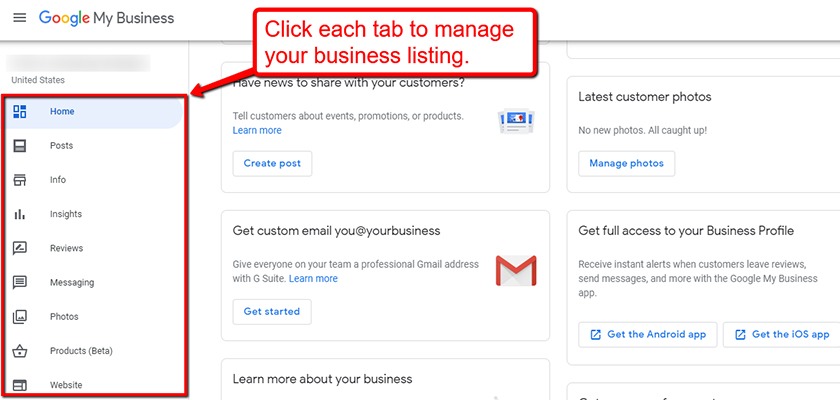
GMB helps you boost your website SEO rankings, customer reviews, and lets you include special offers, images, printable coupons, preferred payment methods, etc. in your profile.
It’s also one way of widening your reach while targeting the right sales prospects and adding credibility to your agency, which makes it an essential marketing asset to build on.
What’s Next?
What are some of the best marketing assets you’ve used to attract high-value clients? If there are strategies, comments, or ideas that you’d like to share, feel free to do so in the comments section below.























